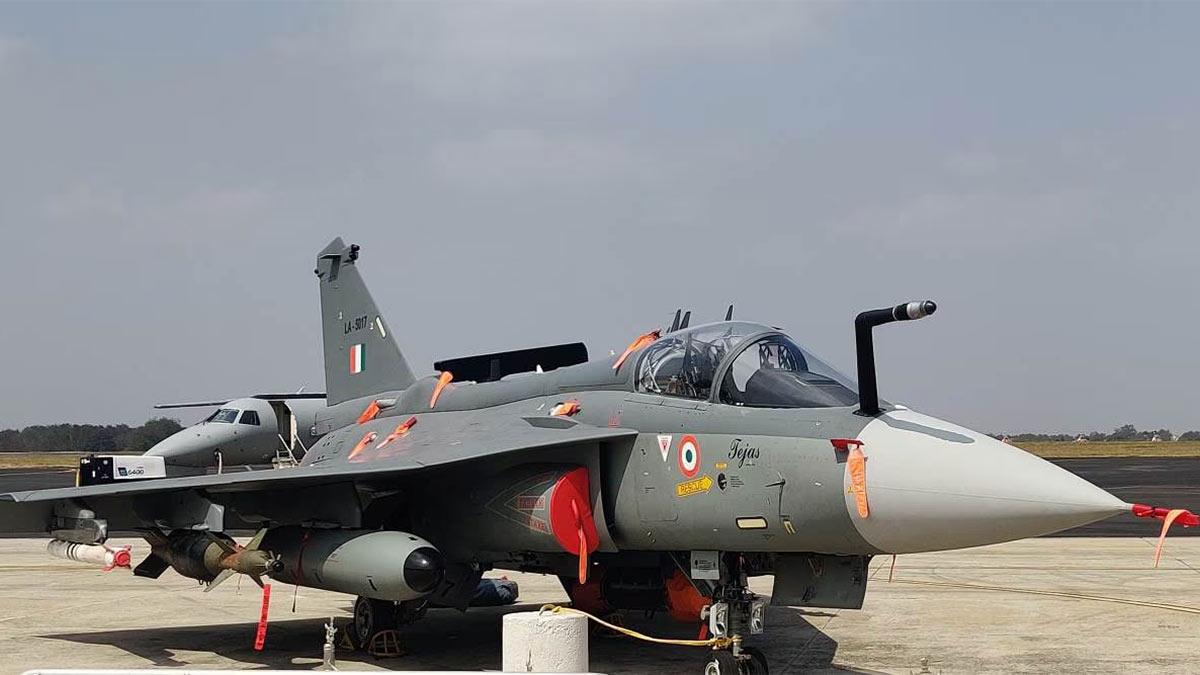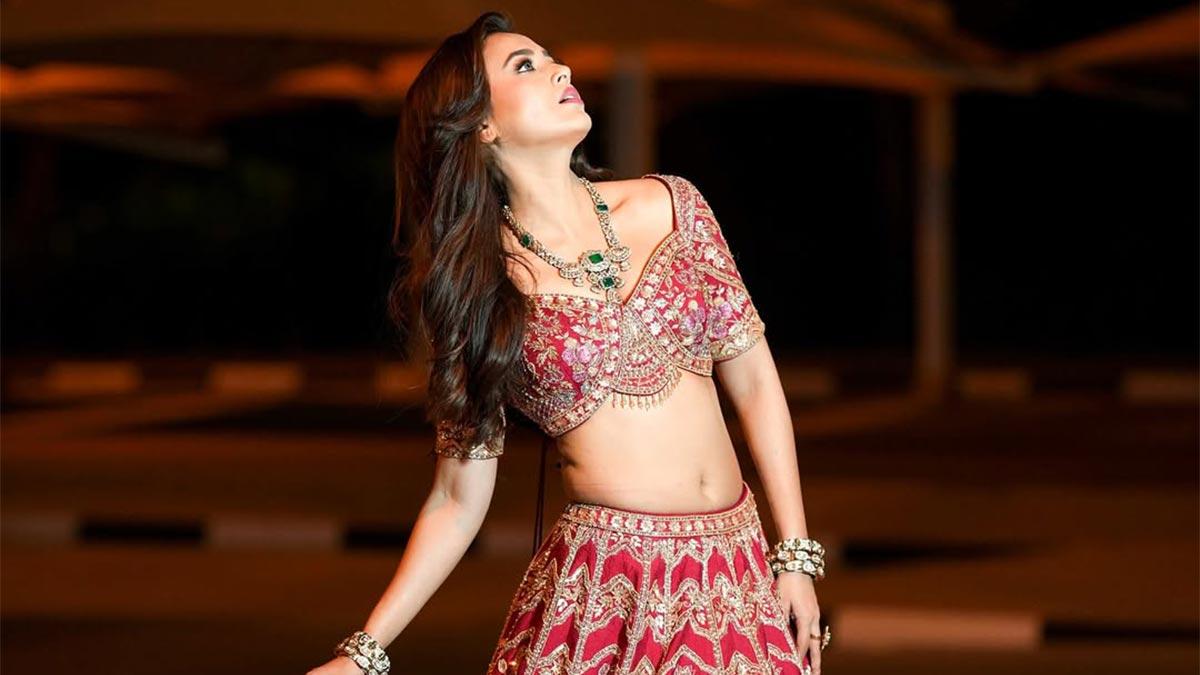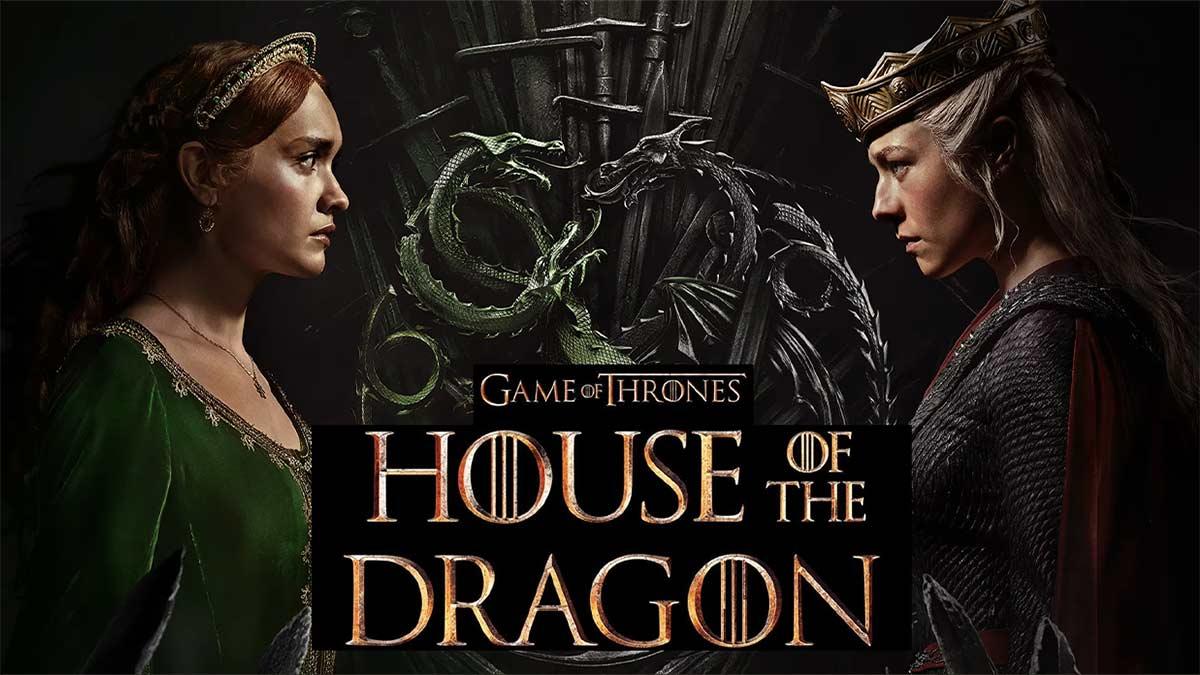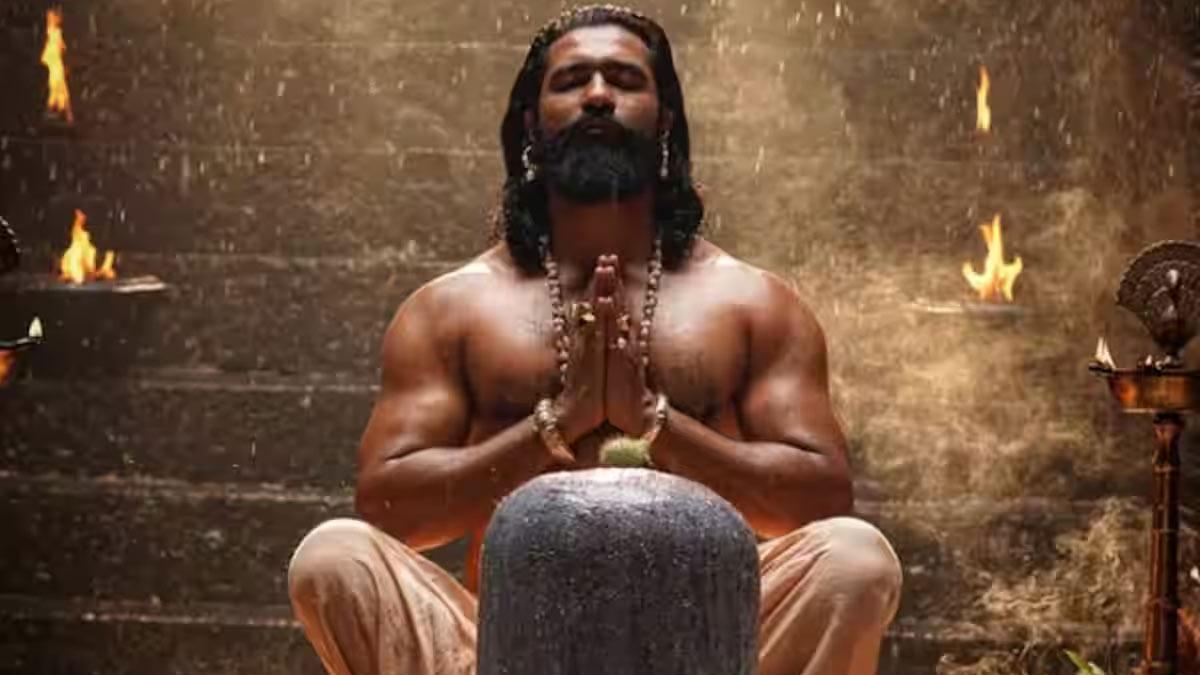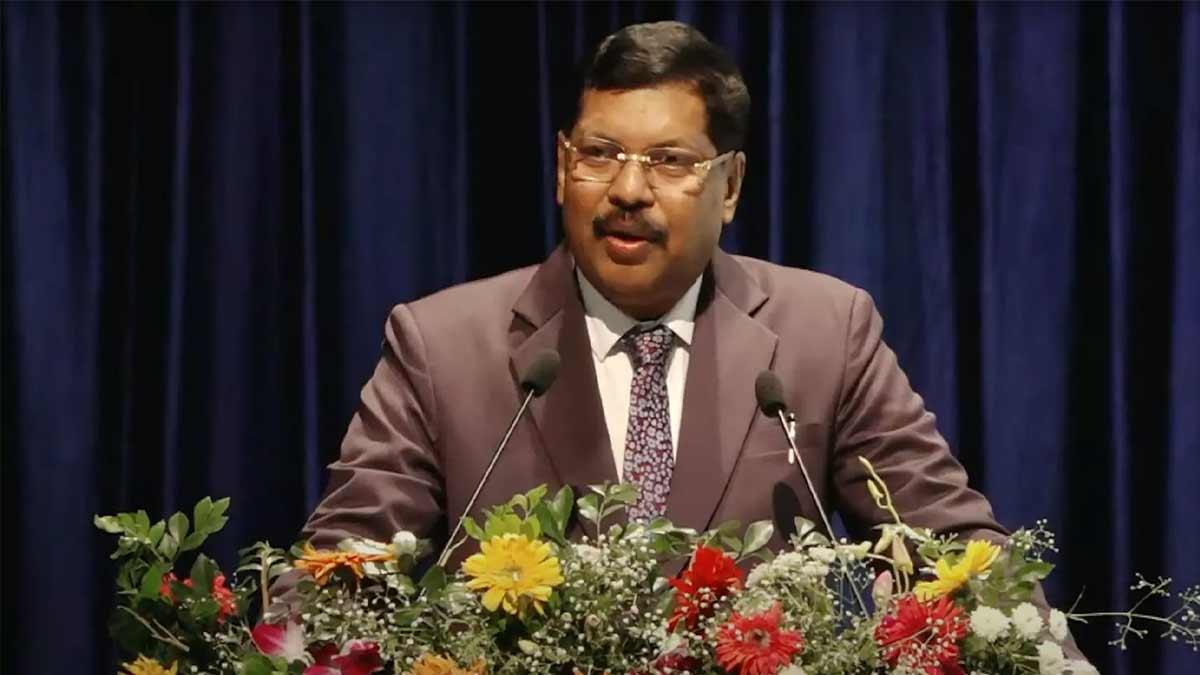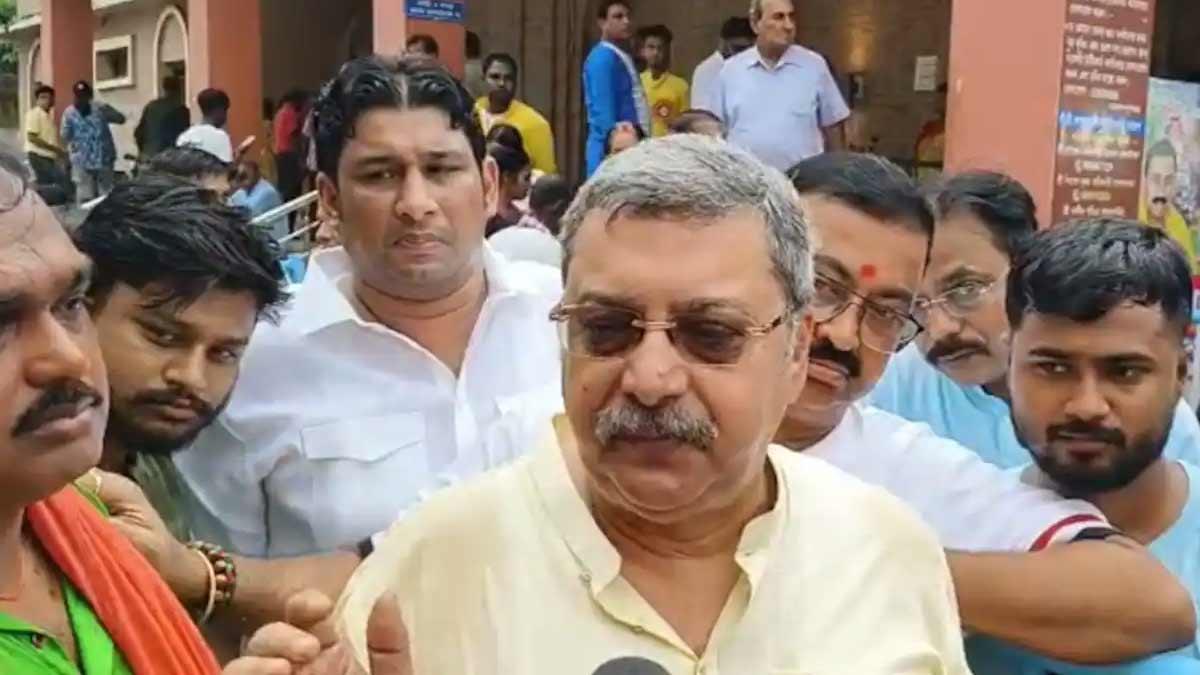Indian Air Force Chief, Air Chief Marshal AP Singh, said on Friday that the IAF needs an annual induction of 35-40 fighter aircraft to fill gaps and for the phased retirement of aging aircraft like the Mirage, MiG-29, and Jaguar in the next few years.
Addressing an event in Delhi, the IAF Chief stressed, "We need to add two squadrons each year, which means 35-40 aircraft every year. Such capability cannot be developed overnight."
He added that these aircraft are not just needed to plug immediate gaps but also to make up for the phased withdrawal of aircraft in the next 5-10 years.
On indigenous manufacturing, Air Chief Marshal Singh welcomed Hindustan Aeronautics Limited's (HAL) promise to supply 24 Tejas Mark-1A aircraft next year, welcoming the advance. But he hinted that private sector participation could make an enormous difference to production levels, citing the joint Tata-Airbus production of the C295 transport plane.
We might be able to get another 12-18 jets annually through private sector involvement," he said. Referring to the issue of balancing self-sufficiency with operational needs, he said, "I can promise not to buy anything from overseas, but we have a critical numerical deficit. As deliveries have been sluggish, we will have to find other ways to plug these holes.
Recently, during the Aero India fair in Bengaluru, the IAF Chief expressed dismay over the production rate of HAL's Tejas Mark-1A and the delay in delivery by more than a year. 83 of these aircraft have been ordered by the IAF earlier, and the timely production is a top priority.
Reiterating the commitment of the force to indigenous technology, the Air Chief said, "Our first preference is homegrown systems. Even if indigenous technology provides 90% of the capability of foreign platforms, I am ready to accept it."
Looking forward to 2047—the year that Viksit Bharat (Developed India) is aiming for—Air Chief Marshal Singh had spelt out his vision of the future of the IAF. Though he did not name it, the Ministry of Defence has established a high-powered committee to deal with tardy production rates and examine greater private sector participation.
The need to increase the IAF's fleet is born out of the current shortage. The force currently has 31 fighter squadrons (each with 16-18 aircraft), while the authorized number is 42 squadrons—considered requisite to address a possible two-front war against China and Pakistan.
Further, the Jaguar, MiG-29, and Mirage 2000 squadrons—commissioned in the 1980s—are going to be phased out in stages after 2029-30. These aging aircraft, amounting to some 250 or so, are presently flying on stretched life cycles.
When questioned regarding the IAF's projected structure in 2047, the Air Chief replied, "I don't see radical changes in the composition of the fleet, but technology will change. We should be able to share data and targets in real time across all platforms."
He foresaw greater automation and faster decision-making, assuring that the future IAF would be much larger and technologically at par with international standards.
Read also| Man in UAE Gives 'Triple Talaq' to Wife in Kerala via WhatsApp
Read also| We value our partnership with India, says EU chief after meeting PM Modi

